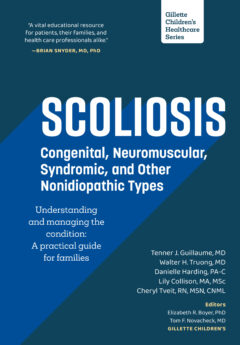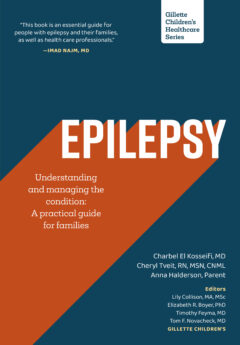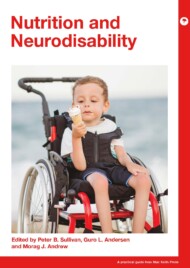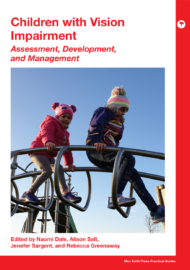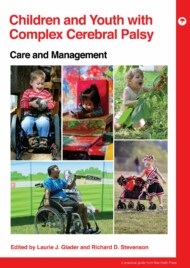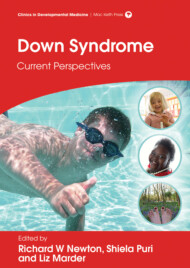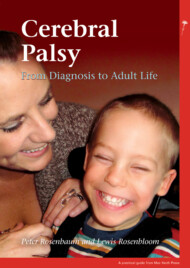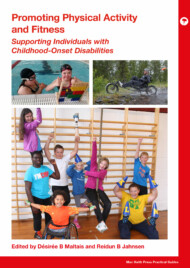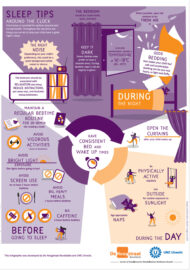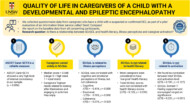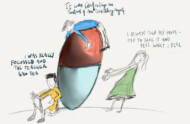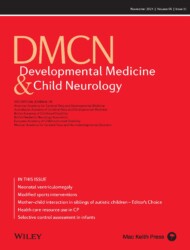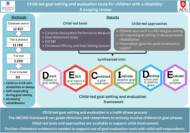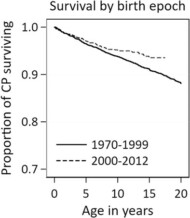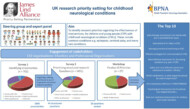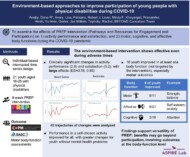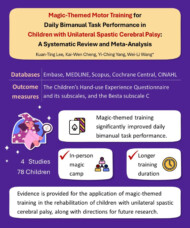Welcome
Start exploring here! We hope this will be a useful resource to help you find the information you need about cerebral palsy and other childhood-onset disabilities. We want to help you to find answers to your questions – so please let us know what else you would like us to cover. Here we are presenting videos, summaries, research information and other resources.
Read on for more
Ways we can help
1
Family-friendly Books
Discover our collection of family-friendly books featuring accessible, research-based insights. These titles include the perspectives of families and individuals with lived experience, offering valuable guidance while supporting parents on their journey.
2
Free Chapters
We have selected a range of chapters from our books, offering helpful insights and practical tips. Our chapters summaries highlight key points. View the full chapter to explore each topic in more depth.
3
The Knowledge Bank
Explore the answers to your questions here. Find out more about conditions, treatments, interventions, and all aspects of care. Follow signposts to find more in-depth, evidence-based information from Mac Keith Press content, as well as other great sources of knowledge.
4
Plain Language Summaries
Plain language summaries are an effective way of communicating scientific research to a wider audience. By presenting the key findings and significance of a study in easy-to-understand language, the content becomes more accessible to more people. Here we present summaries of papers published in Developmental Medicine & Child Neurology (DMCN).
5
Helpful Videos
Here you will find a collection of short videos from authors and editors summarising their work. They cover Developmental Medicine & Child Neurology (DMCN) articles, Mac Keith Press books and e-learning. The aim of the videos is to help viewers get a clear understanding of why the research is important, how it was carried out, and real-world implications.
Gillette Children’s Healthcare Series
The goal of the Gillette Children’s Healthcare Series is to empower families through a greater understanding of their condition and therefore help optimize outcomes for children, adolescents and adults living with these childhood-acquired and largely lifelong conditions.
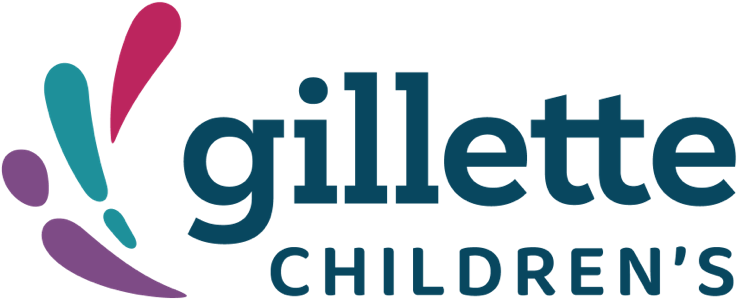
Free chapter downloads
The Knowledge Bank
Explore the answers to your questions here. Find out more about conditions, treatments, interventions, and all aspects of care. Follow signposts to find more in-depth, evidence-based information from Mac Keith Press content, as well as other great sources of knowledge.
What is early intervention in cerebral palsy?
Early intervention refers to a range of therapies and support services provided to children with CP (or at high risk of CP) from birth to age two and sometimes beyond.
What is early intervention in cerebral palsy?
This answer is adapted from the Gillette Children’s Healthcare Series books on Cerebral Palsy (CP).
Early intervention refers to a range of therapies and support services provided to children with CP (or at high risk of CP) from birth to age two and sometimes beyond.
CP-specific early interventions are designed to:
- Optimize motor, cognition, and communication skills using interventions that promote learning and neuroplasticity
- Prevent secondary impairments and minimize complications that worsen function or interfere with learning (e.g., monitor hips, control epilepsy, take care of sleeping, feeding)
- Promote parent or caregiver coping and mental health
Neuroplasticity (also known as brain plasticity, neural plasticity, and neuronal plasticity) refers to the brain’s ability to change. After a brain injury occurs, the brain will try to recover somewhat by creating new pathways around the injury, moving functions to a healthy area of the brain, or strengthening existing healthy connections. This potential for change and growth through practice and repetition allows the brain to develop new skills.
Neuroplasticity is at its optimum during early brain development. The first thousand days are a critical time for brain development; this is a time when interventions are particularly effective. This is also a time of extreme vulnerability: the same neuroplasticity that gives a child the potential to recover function also makes them very sensitive to any intervention, which can result in unwanted consequences unless the intervention has been proven safe.
- Purchase 'Spastic Hemiplegia–Unilateral Cerebral Palsy'
- Preview full content of 'Spastic Hemiplegia–Unilateral Cerebral Palsy' via Flipbook.
- Purchase 'Spastic Diplegia–Bilateral Cerebral Palsy 2nd Edition'
- Preview full content of 'Spastic Diplegia–Bilateral Cerebral Palsy 2nd Edition' via Flipbook.
- Purchase 'Spastic Quadriplegia–Bilateral Cerebral Palsy'
- Preview full content of 'Spastic Quadriplegia–Bilateral Cerebral Palsy' via Flipbook.
How does cerebral palsy affect my child?
Cerebral palsy (CP) is a group of conditions caused by an injury to the developing brain, which can result in a variety of motor and other problems that affect how the child functions. Because the injury occurs in a developing brain and growing child, problems often change over time, even though the brain injury itself is unchanging.
How does cerebral palsy affect my child?
This answer is adapted from the Gillette Children’s Healthcare Series books on Cerebral Palsy (CP).
CP is a group of conditions caused by an injury to the developing brain, which can result in a variety of motor and other problems that affect how the child functions. Because the injury occurs in a developing brain and growing child, problems often change over time, even though the brain injury itself is unchanging.
Motor problems affect the ability to move and the quality of those movements.
A proportion of children with CP have problems in the areas of speech, intelligence, (cognition), vision, epilepsy, and hearing. The prevalence and severity of these problems were found to be greater in children at higher GMFCS levels compared with those at lower GMFCS levels.
- Purchase 'Spastic Hemiplegia–Unilateral Cerebral Palsy'
- Preview full content of 'Spastic Hemiplegia–Unilateral Cerebral Palsy' via Flipbook.
- Purchase 'Spastic Diplegia–Bilateral Cerebral Palsy 2nd Edition'
- Preview full content of 'Spastic Diplegia–Bilateral Cerebral Palsy 2nd Edition' via Flipbook.
- Purchase 'Spastic Quadriplegia–Bilateral Cerebral Palsy'
- Preview full content of 'Spastic Quadriplegia–Bilateral Cerebral Palsy' via Flipbook.
What is the Gross Motor Function Classification System (GMFCS)?
The Gross Motor Function Classification System (GMFCS) is a five-level classification system that describes the functional mobility of children and adolescents with cerebral Palsy (CP).
What is the Gross Motor Function Classification System (GMFCS)?
This answer is adapted from the Gillette Children’s Healthcare Series books on Cerebral Palsy (CP).
The Gross Motor Function Classification System (GMFCS) is a five-level classification system that describes the functional mobility of children and adolescents with CP. The GMFCS includes descriptions for five age groups:
- 0 to 2 years
- 2 to 4 years
- 4 to 6 years
- 6 to 12 years
- 12 to 18 years
The emphasis is on the child’s or adolescent’s usual performance in their daily environment (i.e., their home and community). By choosing which description best matches the child at their current age, they can be assigned a GMFCS level.
- Level I: Walks without limitations.
- Level II: Walks with limitations (e.g., fatigue, balance issues).
- Level III: Walks using a handheld mobility device (e.g., walker, crutches).
- Level IV: Self-mobility with limitations; may use powered mobility (e.g., wheelchair).
- Level V: Transported in a manual wheelchair.
The severity of the movement limitations increases with each level, with level I having the fewest movement limitations and level V having the most. It is important to note, however, that the differences between the levels are not equal.
- Purchase 'Spastic Hemiplegia–Unilateral Cerebral Palsy'
- Preview full content of 'Spastic Hemiplegia–Unilateral Cerebral Palsy' via Flipbook.
- Purchase 'Spastic Diplegia–Bilateral Cerebral Palsy 2nd Edition'
- Preview full content of 'Spastic Diplegia–Bilateral Cerebral Palsy 2nd Edition' via Flipbook.
- Purchase 'Spastic Quadriplegia–Bilateral Cerebral Palsy'
- Preview full content of 'Spastic Quadriplegia–Bilateral Cerebral Palsy' via Flipbook.
What is the difference between Spastic Hemiplegia/Diplegia/Quadriplegia?
Spastic hemiplegia, spastic diplegia, and spastic quadriplegia are three subtypes of cerebral palsy. Each has the spastic motor type but with each, different areas of the body are affected.
What is the difference between Spastic Hemiplegia/Diplegia/Quadriplegia?
This answer is adapted from the Gillette Children’s Healthcare Series books on Cerebral Palsy (CP).
Spastic hemiplegia, spastic diplegia, and spastic quadriplegia are three subtypes of cerebral palsy. Each has the spastic motor type but with each, different areas of the body are affected.
First, explaining spastic: spasticity is a condition in which there is an abnormal increase in muscle tone or stiffness of muscle that can interfere with movement and speech, and be associated with discomfort or pain.
Next, explaining hemiplegia, diplegia, and quadriplegia:
- The subtypes have the suffix “plegia,” which is derived from the Greek word for stroke, although there are causes of CP other than a stroke.
- The prefixes—“hemi,” “di,” and “quad,” also derived from Greek, or Latin—indicate how many limbs are affected
- Hemi = Half. Upper and lower limbs on one side of the body. The upper limb is usually more affected than the lower limb.
- Di = Two. All limbs, but the lower limbs much more than the upper ones, which frequently show only fine motor impairment.
- Quad = Four. All four limbs and the trunk.
The Australian CP register recorded the prevalence of CP by predominant motor type and topography for almost 11,000 Australian children with CP. While precise percentages of prevalence globally may differ, the data is from a large dataset and is consistent with studies from other countries that show:
- The predominant motor type is spastic (78 percent).
- Hemiplegia, diplegia, and quadriplegia each represent approximately one-third of the total.
The Surveillance of Cerebral Palsy in Europe network (SCPE) has developed a simpler classification method. It identifies two main subtypes of CP—Unilateral (one side of the body affected) and Bilateral (both sides of the body affected):
- Spastic Hemiplegia equates with Unilateral CP
- Spastic Diplegia and Spastic Quadriplegia with Bilateral CP.
- Purchase 'Spastic Hemiplegia–Unilateral Cerebral Palsy'
- Preview full content of 'Spastic Hemiplegia–Unilateral Cerebral Palsy' via Flipbook.
- Purchase 'Spastic Diplegia–Bilateral Cerebral Palsy 2nd Edition'
- Preview full content of 'Spastic Diplegia–Bilateral Cerebral Palsy 2nd Edition' via Flipbook.
- Purchase 'Spastic Quadriplegia–Bilateral Cerebral Palsy'
- Preview full content of 'Spastic Quadriplegia–Bilateral Cerebral Palsy' via Flipbook.
Submit a question
Let us know what other questions you have. Are there specific topics you would you like us to cover?
Contact us now using the form.
Plain Language Summaries
Plain language summaries are an effective way of communicating scientific research to a wider audience. By presenting the key findings and significance of a study in easy-to-understand language, the content becomes more accessible to individuals with disabilities, parents, caregivers, and others. Here we present summaries of papers published in Developmental Medicine & Child Neurology (DMCN).
Helpful videos
Here you will find a collection of short videos from authors and editors summarising their work. They cover Developmental Medicine & Child Neurology (DMCN) articles, Mac Keith Press books and e-learning. The aim of the videos is to help viewers get a clear understanding of why the research is important, how it was carried out, and real-world implications.
UK research priority setting for childhood neurological conditions| Jill Cadwgan & Rhys Inward |DMCN
Contact us
Please feel free to contact us if you have any feedback or suggestions:
